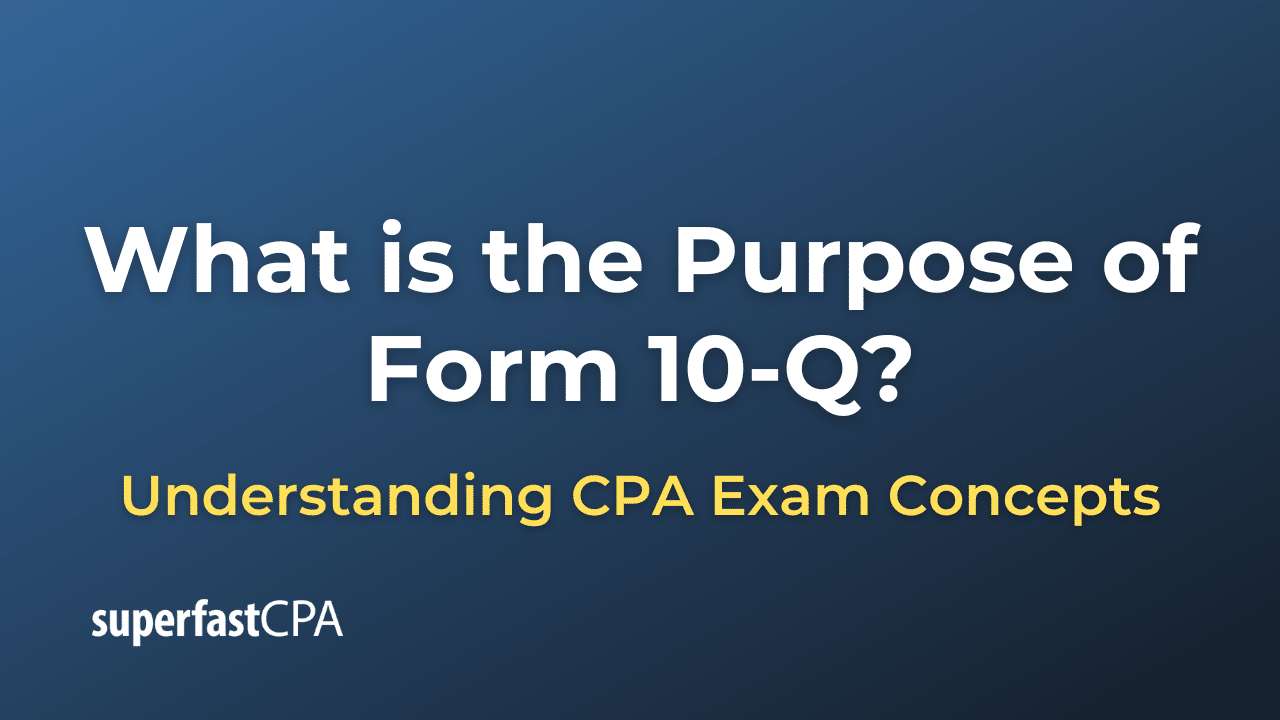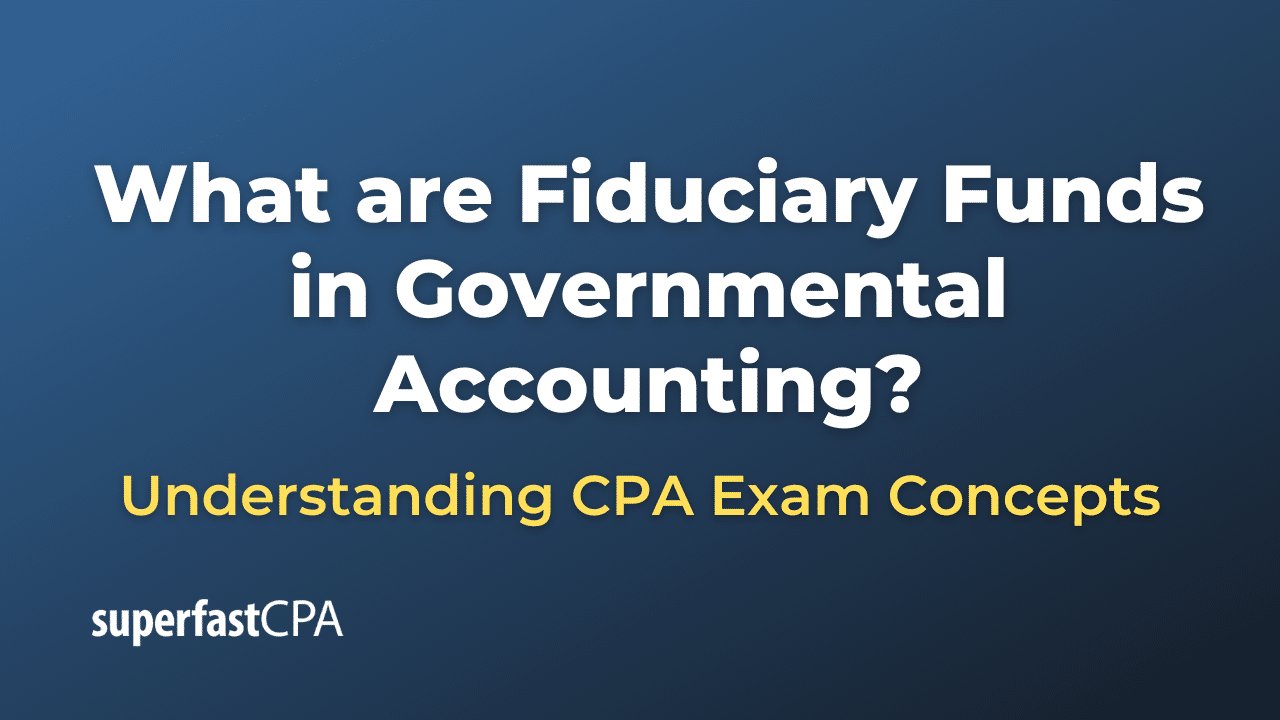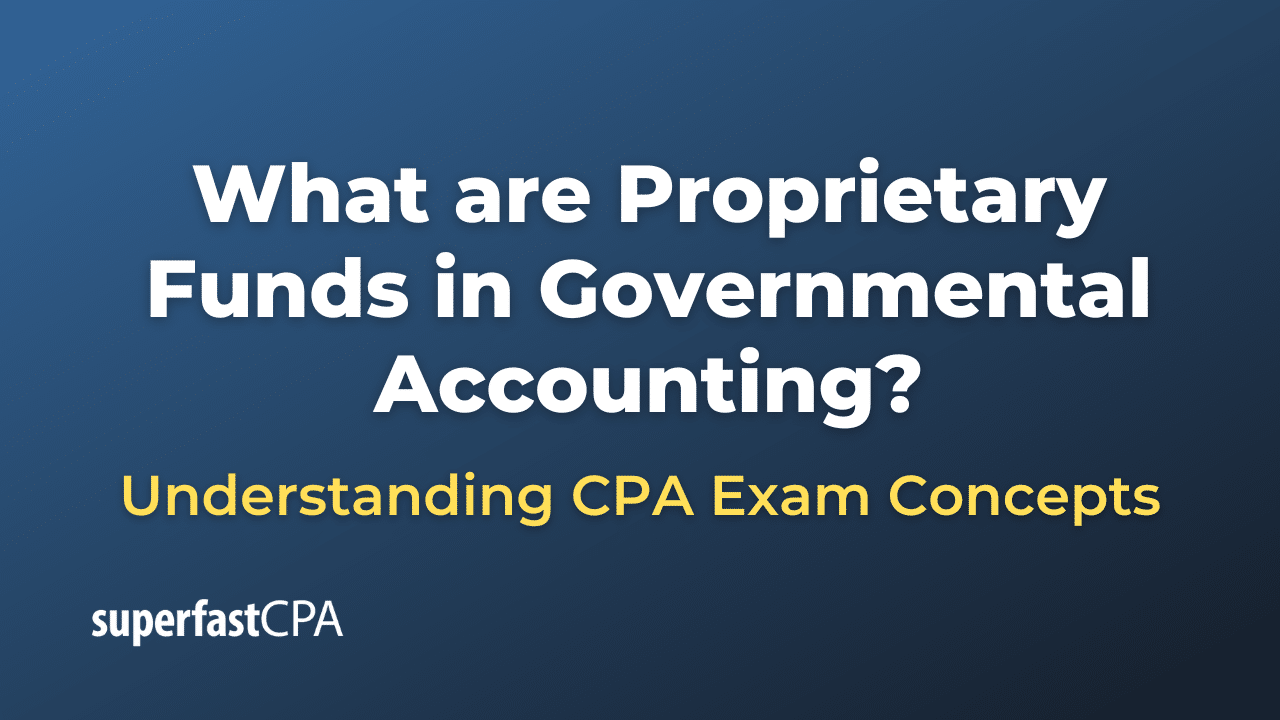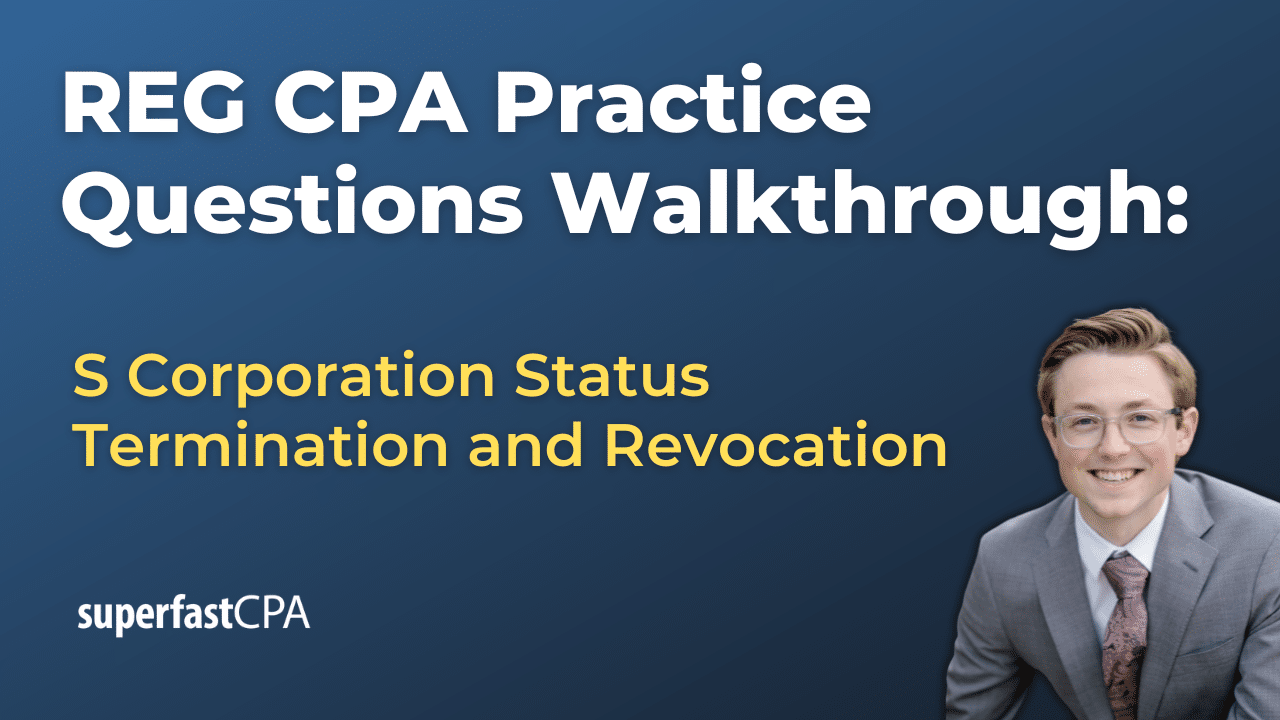Dynamic Pricing
Dynamic pricing, also known as demand pricing or time-based pricing, is a pricing strategy where businesses set flexible prices for products or services based on current market demands.
Instead of setting a static price, companies adjust prices continuously, taking into account a variety of factors such as consumer demand, market conditions, time of the day, season, competitor behavior, and even the customer’s browsing and buying patterns.
For example:
- Airlines and Hotels: Prices often change based on time of booking, season, and demand. A flight or hotel room could be more expensive during peak season or cheaper if booked well in advance.
- Ride-sharing apps like Uber or Lyft: These apps often implement “surge” pricing, where fares increase during peak demand times to balance the supply and demand for rides.
- E-commerce platforms like Amazon: Prices of products can change multiple times in a single day based on demand, competitor pricing, and other factors.
- Electricity pricing: In some regions, the cost of electricity varies based on the time of the day or the demand level.
Dynamic pricing allows businesses to optimize revenue and profit, and it can be beneficial for customers too, who might be able to save money by buying at off-peak times. However, it can also lead to price volatility and can be seen as unfair if not managed transparently.
Example of Dynamic Pricing
Let’s consider an example of dynamic pricing in the context of an airline company.
Let’s say Airline A has a flight from New York to Los Angeles. They have 200 seats available on this flight. When they first start selling tickets for this flight, several months in advance, demand is relatively low. So, they price the tickets at a lower rate, say $300.
As the date of the flight approaches, more people start booking tickets. As the demand increases, Airline A starts gradually raising the ticket price. One month before the flight, the price might be $400, then two weeks before the flight, it might be $500.
When there are only a few seats left, the airline might significantly increase the price, knowing that those who really need to travel and have left it late might be willing to pay a premium. So the last few tickets might be sold for $700 or even more.
In this way, Airline A is continuously adjusting the ticket prices based on demand. This allows them to maximize their revenue: they sell as many tickets as possible at lower prices early on to ensure the flight is reasonably full, then as the flight fills up and demand increases, they raise prices to take advantage of customers’ willingness to pay more. This is a basic example of dynamic pricing in action.














